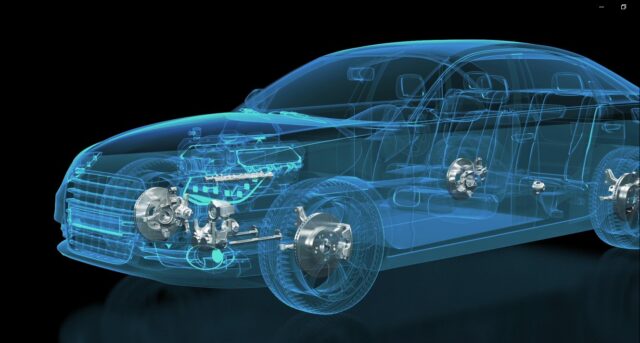Cars have come leaps and bounds since their first iteration back in 1886 (it was the Benz Patent Motor Car – it had three wheels and it was powered by a gas engine).
Who would have thought back then that cars would become what they are today? Packed full of all the latest technologies, cars these days are designed to make life easier and drives more comfortable than ever before.
So what are the best car innovations from the last decade? In no particular order, we’ve broken down our favourites.
1. Smartphone Integration
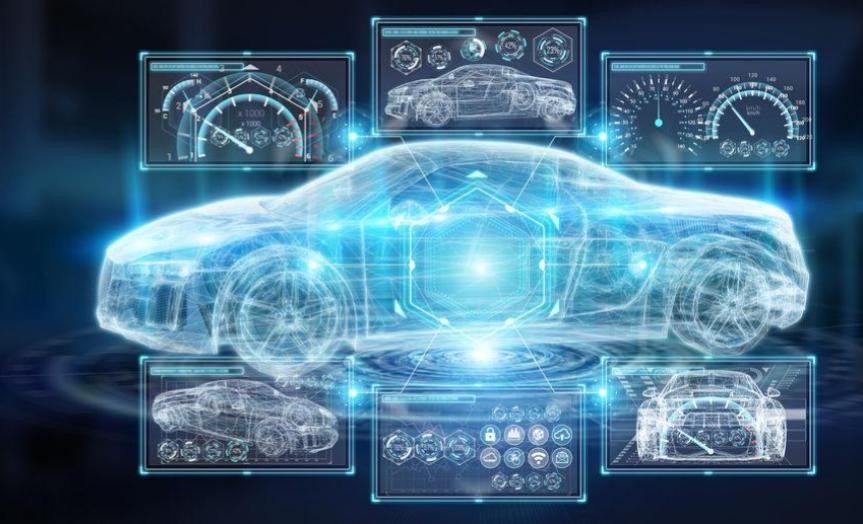
What was life like before smartphone integration in cars? We don’t even want to remember.
By utilising the power of Apple CarPlay, Android Auto, or classic Bluetooth, we can easily connect our phones to our cars in a simple and safe way. Whether we want to blast some tunes or use voice control to access navigation functions, smartphone integration has really changed the way we drive, and basically made life a whole lot more convenient.
2. Keyless entry and start
You know when you’re running just a tiny bit late for work, you’re rushing out the door juggling your bag, laptop, and a coffee, and you don’t have any hands free to grab your keys to unlock your car?
Yeah, that’s the worst. And luckily, car manufacturers have also recognised how frustrating it can be.
Keyless entry and start allow you to unlock your car and start the engine without ever having to insert your key. How? By sending radio frequency signals from a remote transmitter (like your key) to a receiver in your car. Whenever you walk within the range of the vehicle (usually around five feet), the doors will unlock.
3. Autonomous emergency braking
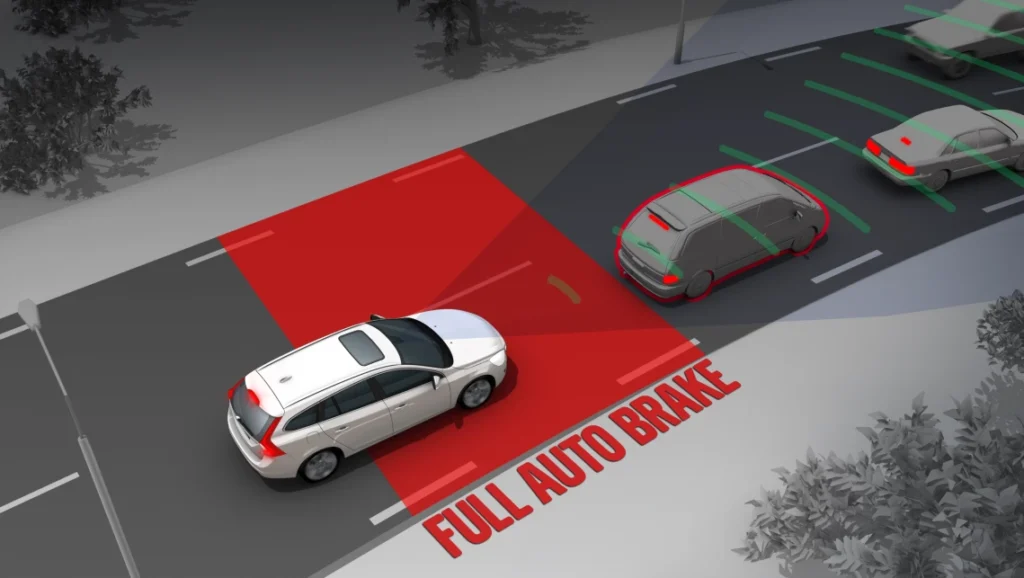
Autonomous emergency braking (or AEB, as it’s usually called) does exactly as the name suggests – it brakes for you in the case of an emergency. It does this by measuring the distance between your car and the car in front of you, either with a radar or lasers, and automatically brakes if the distance suddenly gets shorter.
AEB isn’t standard on every entry-level car yet, unfortunately, but certain car manufacturers do offer it in their base models, such as the Skoda Octavia and some Mazda models, like Mazda2, Mazda3…
The beauty of it is that the car can react faster than you – so, in the event of an accident, it could potentially save you from disaster.
4. Automatic parking assist
Much like AEB, automatic parking assist uses sensors around your car’s exterior to detect any potential parking spots. By using automatic steering and braking, parking assist can effectively manoeuvre your car into a parking space with ease.
So you can stop avoiding those spots that require parallel parking, sit back, and let the car do all the hard work.
5. Lane Keep Assist
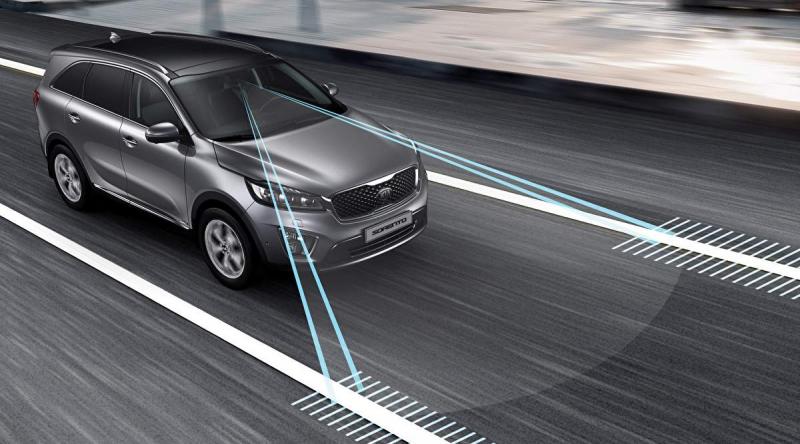
Lane Keep Assist, also often called Lane Departure Warning and a bunch of other names, essentially warns the driver if the car drifts out of its lane without the driver steering. The car recognises that the driver may not be paying attention or has fallen asleep, and will alert the driver in some way, whether that be audibly or physically, like vibrating the driver’s seat or steering wheel. It will also move the car back into the lane.
6. 360-degree cameras
Rearview cameras have been around for quite some time, but 360-degree cameras are relatively new to the car manufacturing game. It basically consists of a collection of different devices around the car that work together in providing a real-time view of the vehicle and its surroundings. It not only shows the rearview, but also often a birdseye view of the car, so you can be well aware of everything you need to be aware of around your car when parking.
So how does it do it? Generally, the vehicle will have 4-6 wide-angle cameras and proximity sensors that send data to the car’s inbuilt screen. Never pull your neck out by trying to look behind you again!
7. Blind Spot Monitoring

Speaking of pulling your neck, blind-spot monitoring is a great way to see that dastardly blind spot without having to turn. Again, with cameras positioned on the side of the vehicle, blind-spot monitoring shows what could potentially be in the lane next to you and will alert you if you’re about to hit another car or person.
8. Head-Up Displays
Taking your eyes off the road for even a second? No need. All of the important info is shown directly in front of you, with speed and navigation easily accessible. Some head-up displays are also customisable, meaning you can choose what you need to see most frequently.
9. Heated and ventilated seats
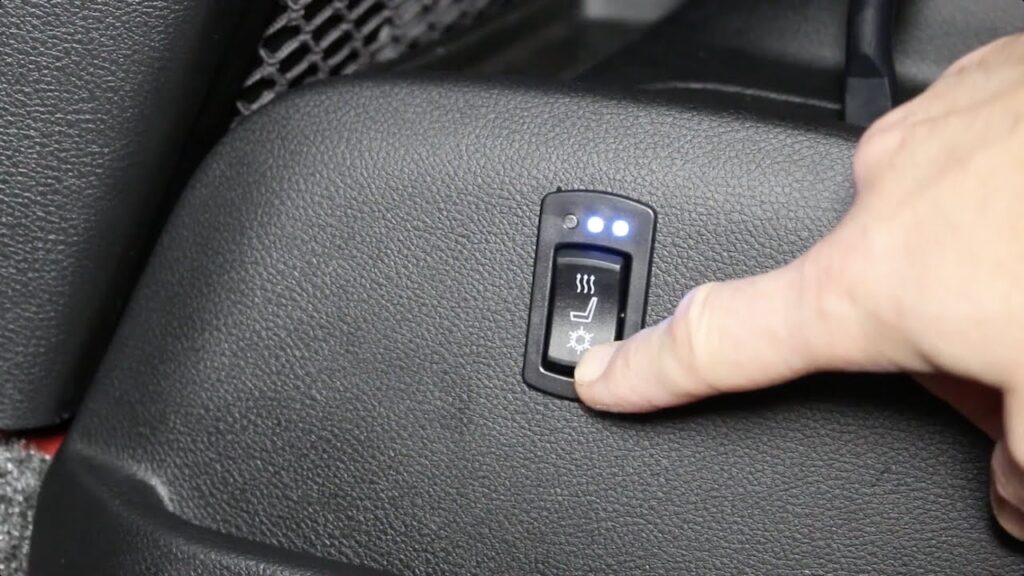
Okay, so we know this one isn’t exactly a necessary feature and might not contribute to car safety and ease of use but… damn, it’s comfortable. And why shouldn’t you have the utmost comfort when you’re driving your daily commute or getting out of town on the weekends?
Just the beginning…
It’s pretty exciting to see where cars began and how far the auto industry has come with technology and innovation. With new technologies being introduced every day with manufacturers like Tesla and Volkswagen pushing boundaries, who knows where car technology will be in the following decade?

